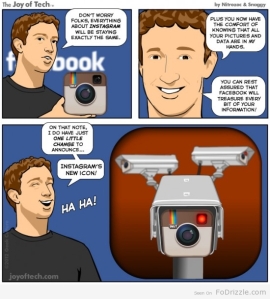The dangers of phishing and social-engineering attacks are well known and understood by businesses, NGOs and public bodies, so why are they still
effective? And what if there was a way to use the same psychological
pivots attackers use, and improve cyber security? Well, those attending
this month’s RANT Forum in London are about to find out just how to make
that happen.
The speaker at this month’s event is Barry Coatesworth, a highly regarded
cyber-security expert and a member of the government’s industry advisory
group for cyber-security standards, the Information Assurance Advisory Council. In almost 25 years in the business, Barry has experienced first-hand the good, the bad and the ugly of cyber security.
Phishing and associated attacks remain a hot topic, and Coatesworth will
show how and why they still work. “What I do is look at the psychology
behind these attacks,” he tells the Acumin Blog. “Security is constantly
changing, and it’s difficult at the best of times for CISOs to level the
playing field in a constantly changing threat landscape. It’s a case of
adapt or fail – so I look at why attacks work or don’t work, and at how
that understanding can be used to improve security.”
There are any number of scenarios that attackers can use to identify weak
links in an organisation and exploit these to access information: the more
obvious examples include masquerading as executives or colleagues,
relatives or other trusted contacts. But what Coatesworth is more
interested in is the methodologies that underpin these attacks. By unpicking
them and understanding them, he believes infosec professionals can get
ahead of the curve.
“It all depends what the attacker wants to do,” Coatesworth says. “Attacks
tend to be against personnel with access to sensitive information or with
admin access to systems. Opportunity is key, as well as the time and
effort needed to orchestrate a successful phishing attack. It’s not
one-glove-fits-all, but when you look at the psychology behind how the
attacks work, there are some common themes.”
Most businesses use some of the principles of social engineering already,
but probably don’t realise it. “The psychology behind these attacks is all
about marketing and PR,” Coatesworth says. “It’s more in the generalities
than the specifics. They all follow similar proven methods to seduce or
manipulate you to click on that link or download that file. If you
understand these strategies you can use them internally: it’s like a form
of guerrilla warfare, but you can use it in a positive way.”
If you want to learn how – or even if you’ve tried it and don’t think it
can be done and want to argue about it – then Wednesday’s RANT Forum is
the place to be. Wednesday 25th September, email Gemma on gpaterson@acumin.co.uk if you would like to be added to the guest list. We hope to see you there.



You must be logged in to post a comment.